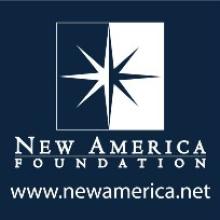Catching Up with the RS Fiber Coop in Minnesota - Community Broadband Bits Podcast #99

In the nearly two years since we launched this podcast with an interview from Minnesota's rural Sibley County, the project has evolved significantly but the need for better Internet access remains a constant. Today, we interview Coop Vice-Chair Cindy Gerholz and Winthrop Town Manager Mark Erickson to get an update on the fiber-to-the-farm project. The Renville-Sibley Fiber project has transitioned from a municipal project to a cooperative. Local towns and a sizeable majority of townships will together issue an economic development bond to provide seed capital to the coop. We discuss the project, financing arrangements, and the need to make sure that no one is left behind. Stay up to date with the project on their website and Facebook.
This show is 20 minutes long and can be played on this page or via Apple Podcasts or the tool of your choice using this feed.
Transcript below.
We want your feedback and suggestions for the show-please e-mail us or leave a comment below.
Listen to other episodes here or view all episodes in our index. See other podcasts from the Institute for Local Self-Reliance here.
Thanks to Valley Lodge for the music, licensed using Creative Commons. The song is "Sweet Elizabeth."


